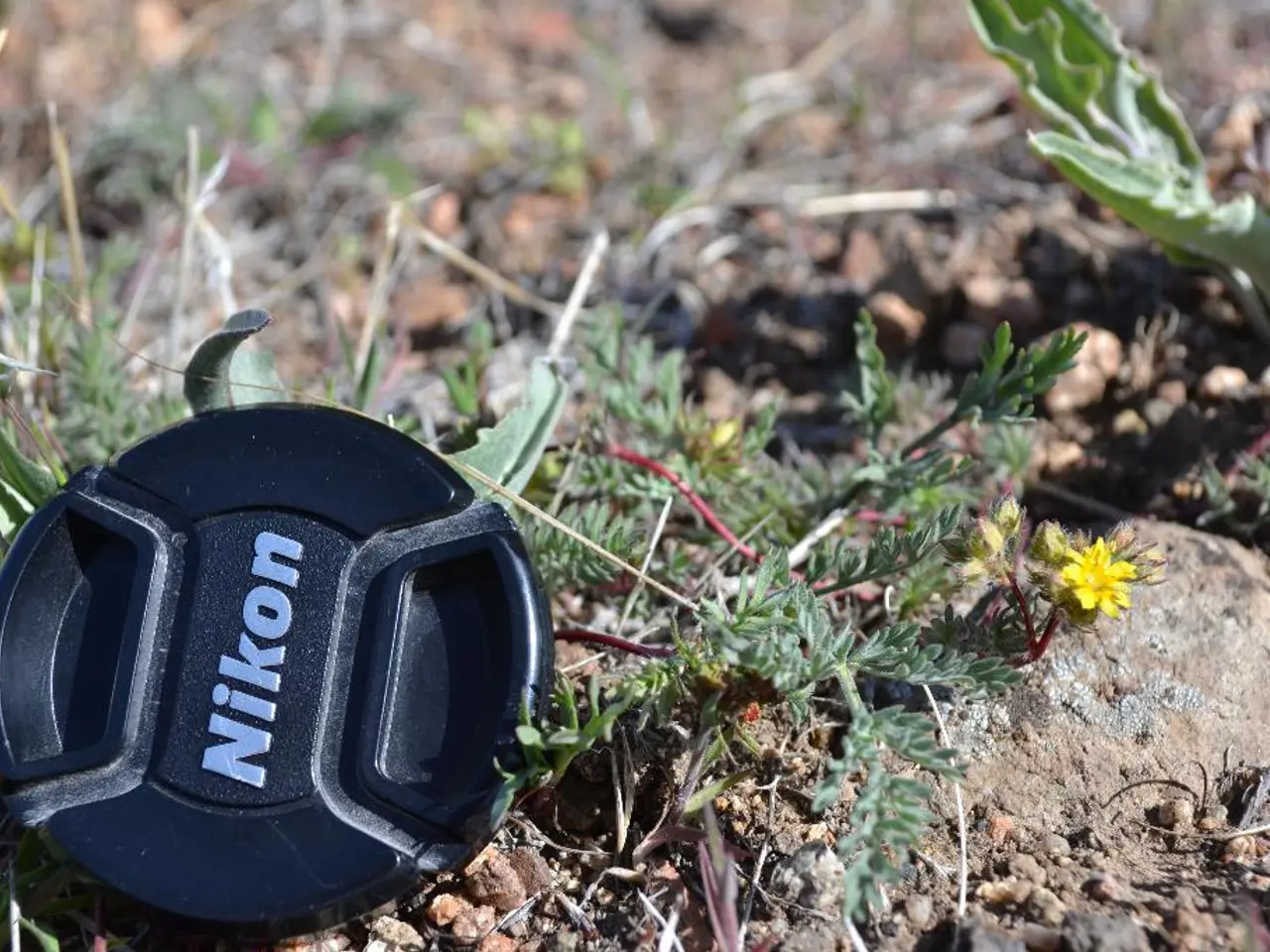How to Address a Retreating Lawn?
Reviving a Receding Lawn: A Guide to a Lush and Healthy Outdoor Space
Your lawn may be suffering from patchiness due to various factors, such as lack of sunlight, drought and dehydration, overwatering, pet urine, pests, and improper fertilizer application. To restore a receding lawn, you can employ methods like reseeding and laying grass sod.
Understanding the Causes of Patchy Lawns
- Lack of Sunlight: Grass thrives in sunlight, and shaded areas often have thinning or bare patches because insufficient light stresses the grass, causing it to draw on its reserves and thin out over time.
- Drought and Dehydration: During hot or dry spells, insufficient watering causes grass blades to wilt, turn brown, and die, especially if root crowns are stressed.
- Overwatering: Excessive watering can lead to fungal diseases, promoting fungal growth and root rot.
- Pet Urine: Urine, especially from dogs, contains high nitrogen that causes "burned" yellow or brown circular patches with sharp edges.
- Pests and Diseases: Insects like grubs and chinch bugs damage grass roots, causing thinning and bare spots. Fungal diseases also contribute to patchiness and discoloration.
- Fertilizer Issues: Both over-application and under-application of fertilizers can cause lawn problems. Excess fertilizer burns grass, while insufficient fertilization results in poor growth and thinning.
- Soil Compaction and Foot Traffic: Heavy use compacts soil, restricting air and water flow to roots, leading to patchy lawns.
Reviving a Receding Lawn
- Reseeding: Overseed thin or bare areas, preferably in late summer or early fall when conditions favor seed germination.
- Lawn Sod: For immediate effect, laying fresh grass sod over bare patches can rapidly restore lawn density.
- Water Management: Water deeply 2-3 times per week (about 0.5 inches per session) to encourage strong roots.
- Aeration: Aerate compacted soil to relieve soil compaction, improve drainage, and enhance nutrient and oxygen availability to roots.
- Fertilization: Test your soil and balance fertilizer application accordingly to optimize grass growth.
- Shade Management: Where possible, trim trees or shrubs to increase sunlight on shaded patches.
- Pet Damage Mitigation: Train pets to avoid certain lawn areas and promptly water spots where urine is deposited to dilute its concentration.
- Pest and Disease Control: Use appropriate treatments for detected pests or fungal diseases, and avoid overwatering that promotes disease.
By addressing these causal factors and using a combination of cultural practices like reseeding or laying sod, proper watering, aeration, and targeted fertilization, you can restore a patchy, receding lawn to a healthy, lush state.
Additional Tips
- Grass needs a balanced combination of minerals to thrive.
- Grass seeds should be sprinkled across the prepared area and lightly raked into the soil to a depth of about half an inch.
- If a patch of grass can be lifted easily or if birds are picking at the lawn, a pest problem may exist and appropriate treatment should be used to address the issue.
- Obstacles that block sunlight can also cause grass patchiness.
- Regularly check the lawn for pests or consult an expert.
- Loamy soil or compost should be added to the soil and mixed in before seeding.
- The seeded area should be kept moist but not wet to encourage faster germination.
- Soil should be aerated to improve air circulation, either by raking or using a core aeration tool.
- To combat a lack of sunlight affecting your home-and-garden, consider trimming nearby trees or shrubs to allow more sunlight to reach shaded patches of the lawn for a lush lifestyle.
- When aiming to refresh a patchy lawn, taking the approach of combining reseeding for thin areas, laying sod for immediate effect, and following up with proper watering, fertilization, and aeration techniques will lead to a healthy and attractive home-and-garden setting.




